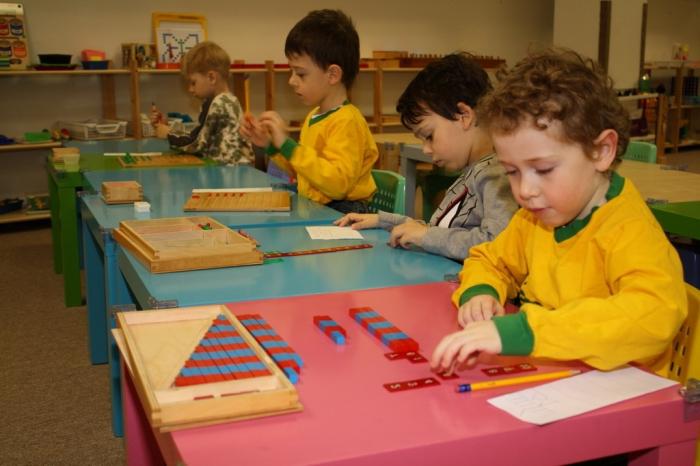As you know, the best way to teach a child is to provide him with play materials that, along with an entertainment goal, will also teach him. The simplest and most effective method is didactic games. This is the most optimal way to combine gameplay and cognitive activity. What are these games like? Let's figure it out.
What are the features?
Didactic games are a great opportunity to expand children's ideas about the world that surrounds them. In addition to the development of observability, they are aimed at teaching to identify various signs of objects, for example, their color, shape, size and so on. It is during the gameplay that children can establish the simplest connection between an object and an event.
Any didactic game is a combination of three components: a game plan, actions and certain rules. Moreover, both one child and a whole group can take part in it - this is the advantage of this method of organizing children's activities . Game design is needed for the development of cognitive activity, it allows each child to show his skills and abilities, knowledge and skills. The rules make it possible to regulate the behavior of children in the process of activity. It is important that every didactic game is complete, children should clearly see the end result.
Modern didactic games are a wide variety of tools for teaching various skills. Moreover, if the gameplay is conducted collectively, then anyway, the educator should take into account the individual characteristics of each kid to the maximum and select the task based on his abilities.
How to organize the gameplay?
Didactic games in the lessons can be organized in various forms: travel, assignments, suggestions, puzzles and conversations - all this is just a small part of how you can transform the lesson, make the activities of the children more integral and interesting. For example, the essence of the travel game is that children must move toward a specific goal to solve some assigned tasks. Moreover, such a journey can be virtual - in the imagination. Guessing riddles as a way to organize a lesson is a great solution to make learning time more informative.

Very popular didactic math games for preschoolers. This science is quite difficult for children, so you should approach the organization of the lesson competently and responsibly. For example, when studying the concept of "size", you can invite children to arrange fruits of different sizes in appropriate baskets. The lesson will allow children to understand such concepts as large, medium and small. The second kind of game may be the distribution of fruits and vegetables in the appropriate boxes. It is important that children learn to understand the difference between “more” and “less”, for example, by building houses of various shapes.
By the way, any visual material (didactic toys, board entertainments or plot pictures) allows you to make the learning process more interesting for children, and therefore memorable.